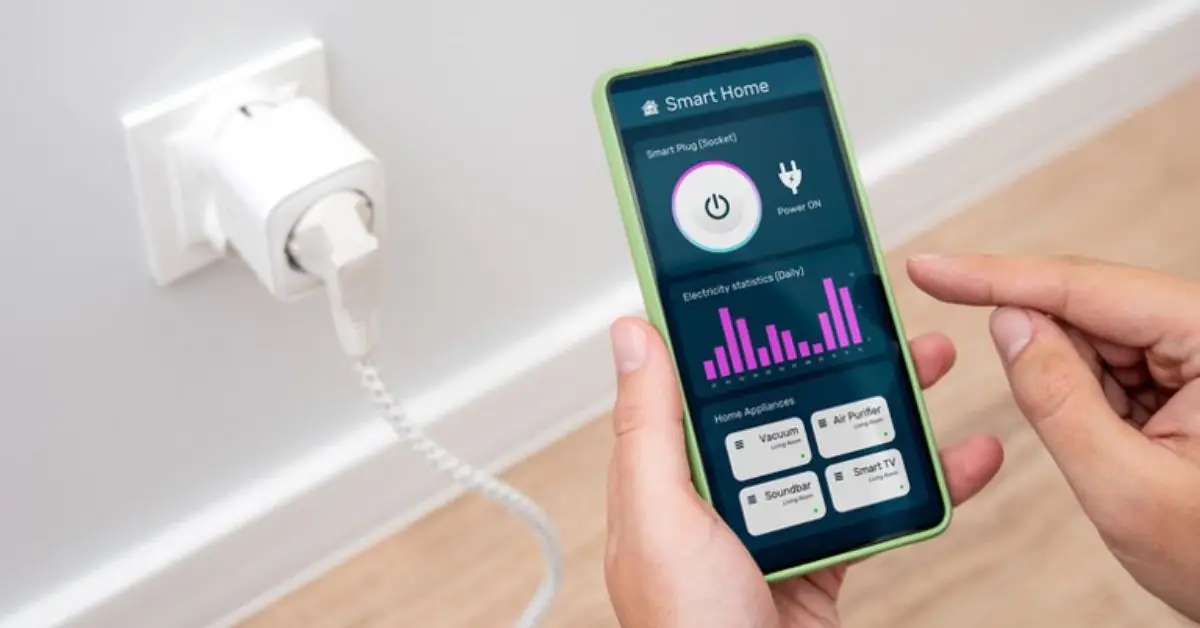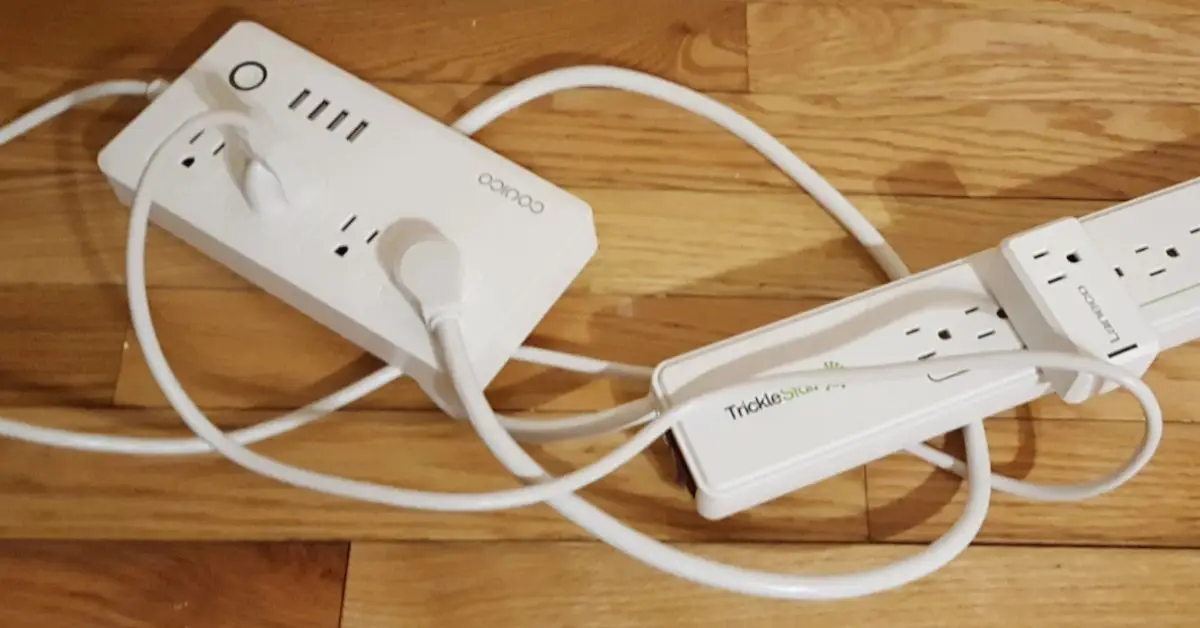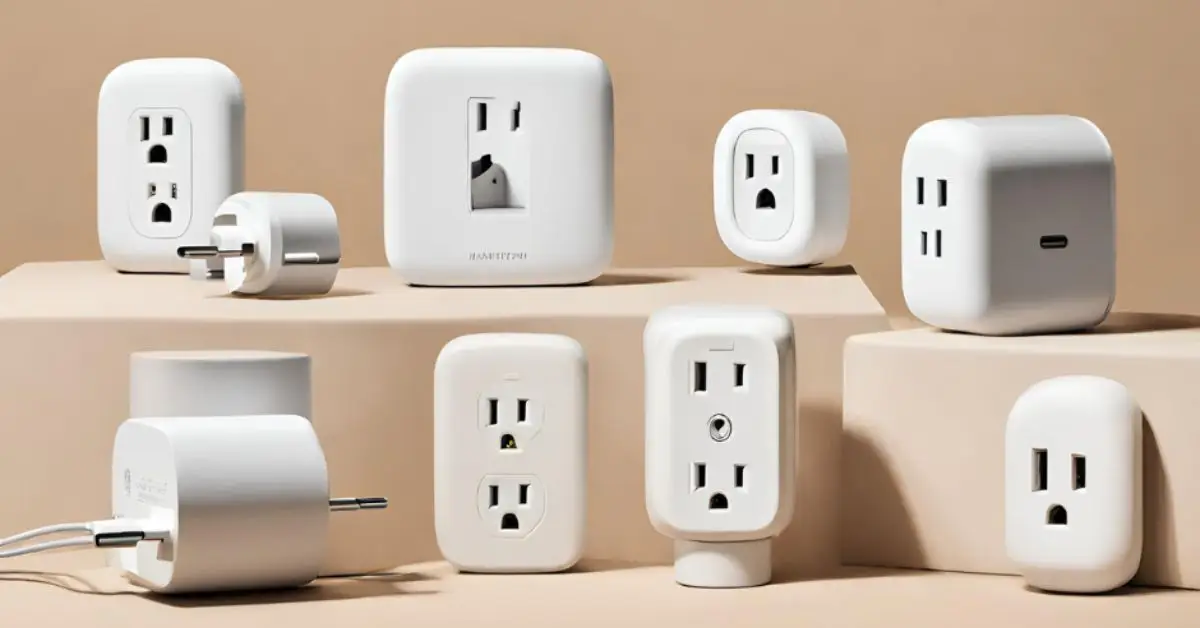4 Simple Ways Smart Plugs Make Your Home More Energy Efficient
I get asked a lot whether a smart plug can really make a dent in your electricity bill, or if it’s just another shiny gadget collecting dust. I’ll be honest with you—when I first tried one at home, I didn’t expect much. But within a few weeks, I noticed something simple: the little things add up. That phone charger I used to leave plugged in all night, the microwave display that glowed 24/7, even the coffee maker humming silently in standby—all of them were eating into my bill without me realizing.
The beauty of smart plugs is that they give you control over those invisible leaks of energy. You don’t need to be an engineer or spend hours tinkering. With a tap on your phone, you can cut off power, set a schedule, or track exactly how much juice an appliance is sucking up. And once you see the numbers, it’s hard to ignore them.
Most guides I’ve seen online stop at telling you “smart plugs save energy,” but they rarely explain how much or in which situations you’ll actually notice the difference. That’s where I want to go deeper with you—showing not just the convenience, but the real money-saving angles that most people overlook.
Before we dive into the four ways smart plugs save energy, tell me this: what’s the one appliance in your home you suspect is quietly pushing your bill higher?
Why Smart Plugs Are Becoming a Must-Have at Home
If you’ve ever glanced at your electricity bill and wondered, “Where’s all this power going?”, you’re not alone. I had the same question before I plugged in my first smart outlet. At its core, a smart plug is a small device you insert into a regular socket. Whatever you connect—be it your coffee maker, lamp, or Wi-Fi router—can now be switched on or off from your phone or even by voice. It’s a simple upgrade that gives you control over something you normally forget about: the flow of power.
What makes smart plugs more than just a “cool gadget” is how accessible they’ve become. Prices have dropped sharply, and you don’t need a full smart home system to use them. You can start with just one plug and immediately see the difference. Add to this the rising cost of energy worldwide, and it’s easy to see why more households are adopting these devices as a practical money-saving tool rather than a tech luxury.
Here’s why they’re quickly becoming essential:
- Ease of use: No technical setup, just plug and play.
- Affordability: Many models cost under $20, making them a low-risk investment.
- Direct savings: By cutting standby power and adding schedules, they pay for themselves in a year or less.
- Convenience: Remote control means you can manage devices even when you’re away.
Once you experience that little thrill of turning off your living room lamp from bed—or catching how much power your old fridge is guzzling—you’ll understand why people keep saying smart plugs aren’t just about comfort, they’re about control.
The Real ROI of Smart Plugs

How Much Energy and Money They Actually Save
When I tested my first smart plug, I didn’t expect much. But the numbers were eye-opening. On average, a single plug can save you around $20–30 per year depending on how you use it. That might not sound huge at first, but think about multiplying it across five or six devices in your home—it adds up quickly.
For example:
- A TV and game console left in standby mode can draw up to 10–15 watts constantly. A smart plug cuts that when you’re not using them.
- Small kitchen appliances, like coffee makers or microwaves, also sip electricity all day even when “off.” Scheduling them saves real money.
The best part? You don’t have to guess. Many smart plugs with energy monitoring will show you exactly how much a device is costing you to keep running. That’s a wake-up call you can act on immediately.
Hidden Cost – Smart Plug’s Own Energy Use
Now, I want to be transparent with you. Smart plugs themselves do use a little energy. Most consume about 1–2 watts in standby just to stay connected to Wi-Fi. At first, I worried this might cancel out the savings, but the math says otherwise.
Let’s break it down simply:
- A plug using 1.5 watts 24/7 = about 13 kWh per year.
- At an average rate of 15¢ per kWh, that’s less than $2 a year.
- If that same plug helps you cut even 50 watts of standby from a TV or router, you’re still saving $15–20 net.
So yes, there’s a small overhead cost—but compared to the waste it prevents, the balance is firmly in your favour. As one analysis from Better Homes & Gardens puts it, smart plugs are less about adding another device and more about removing invisible drains.
4 Proven Ways Smart Plugs Cut Energy Waste
When I first plugged one into my living room setup, I wasn’t expecting much—just the novelty of switching things on and off with my phone. But the real surprise was how much waste it quietly eliminated. Let’s break down the four most powerful ways you and I can use smart plugs to stop energy drain.
1. Kill Vampire Power Instantly

You know that little red light on your TV, or the warm feel of a phone charger left plugged in overnight? That’s standby power, often called “vampire power.” These devices may look “off,” but they’re still pulling electricity.
With a smart plug, you cut the cord on that waste:
- TVs, game consoles, and set-top boxes draw 10–20 watts even when not in use.
- Chargers, microwaves, and printers sip energy round the clock.
- Studies show this hidden load can eat up 10–20% of your annual bill in some homes.
By scheduling or remotely switching them off, you instantly stop that silent drain.
2. Automate Routines and Schedules
One of the biggest wins for me was setting simple routines. Imagine:
- Morning coffee maker: Your brew starts automatically at 7 AM, then the plug cuts power once it’s done.
- Away mode: Lamps and appliances turn off when you leave the house.
- Security boost: Lights switch on at night even when you’re away, giving the impression someone’s home. If home security is a concern, pairing smart plugs with smart home tools that keep your house safe from burglars makes your setup even more powerful.
It’s the perfect mix of convenience and savings—you don’t have to remember, because the plug does it for you. Beyond appliances, you can even take automation further by using smart cleaning devices that run on schedules—saving not just energy but also your time.
3. Monitor Energy-Hungry Devices
Not all appliances are equal. Some are quiet money pits. Smart plugs with energy monitoring expose the culprits:
- You’ll see in real time how many watts a device pulls.
- Old appliances that guzzle power become obvious candidates for replacement.
- Even small daily tweaks—like unplugging a second fridge—can add up to meaningful savings.
Knowledge is power here, quite literally. Once you see the numbers, you’ll find it easier to change habits.
4. Optimise Appliance Use During Off-Peak Hours
In many regions, utilities charge different rates depending on the time of day. Why pay more when you can shift usage to cheaper hours?
- Run your dishwasher or washing machine overnight.
- Schedule your fridge or AC to cycle more during low-tariff windows.
- Combine with utility rebates or incentive programs to double the benefit.
As highlighted by Constellation Energy, simply shifting loads to off-peak times can lower your bill without reducing comfort.
How to Choose the Best Smart Plug for Your Home
I’ve seen plenty of people get excited about smart plugs, only to end up frustrated because they picked the wrong one. The truth is, not all smart plugs are created equal. If you want to actually save money—and avoid replacing it in a few months—you need to look beyond just the price tag. Here’s the checklist I use whenever I’m buying one.
Must-Have Features
- Voice assistant compatibility: Make sure it works with your setup—Alexa, Google Assistant, or Siri. That way, you can control it hands-free.
- Energy monitoring option: This is where the real value comes in. A plug that shows you exactly how much energy your appliance is using helps you make smarter choices.
- Compact design: Some plugs are bulky and block the other socket. A slim, compact design keeps both outlets usable.
Safety and Reliability
Smart plugs carry electricity every single day, so safety isn’t optional. Always check for:
- UL/CE certification: This tells you the plug meets international safety standards.
- Load capacity: If you plan to connect heavy appliances like heaters or air conditioners, make sure the plug can handle the wattage without overheating.
Smart Plugs as Part of a Bigger Energy-Saving Strategy

Here’s where smart plugs really shine: when they don’t work alone. Integrating them with other smart devices multiplies the benefits. For example:
- Thermostat: A smart plug can shut down space heaters or fans when the thermostat reaches your set temperature.
- Smart bulbs: Pair plugs with lighting routines for both energy efficiency and security.
- Automation systems: Linking multiple devices creates a “whole home” effect—lowering energy use without you even thinking about it. And don’t forget about often-overlooked areas like garages—combining plugs with smart ways to protect your garage from burglars can improve both efficiency and safety at the same time.
As highlighted by Better Homes & Gardens, automation systems that include smart plugs can cut overall energy usage by up to 20%. That’s a serious number—and it shows how much bigger the picture can get once these small devices become part of your wider home setup.
Key Takeaways—Why Smart Plugs Are Worth It
By now, you can see that smart plugs aren’t just a fun tech upgrade—they’re one of the simplest, most practical tools you can bring into your home. Let’s quickly recap what we covered:
- Kill vampire power instantly: Stop TVs, chargers, and microwaves from silently draining electricity.
- Automate routines and schedules: From morning coffee to evening lights, your appliances run smarter without effort.
- Monitor energy-hungry devices: Spot the guzzlers in your home and decide if they’re worth keeping.
- Optimise off-peak usage: Shift big appliances to cheaper hours and watch your bill shrink.
For less than the cost of a family dinner out, a smart plug can start paying for itself within a year. Add a few more across your home, and the savings multiply—not just in your wallet but in reduced energy waste that’s better for the planet.
If you’ve been on the fence, here’s the bottom line: a smart plug is a small investment with a big payoff. The sooner you start using one, the sooner you stop throwing money away on wasted power.
So tell me—what’s the first device in your home you’d hook up to a smart plug?
Want more practical home tips like this? Explore guides, product reviews, and DIY solutions on Build Like New—your go-to place for smarter, budget-friendly living.
Disclaimer: Actual energy savings from smart plugs may vary depending on household usage, appliance type, and local electricity rates. Always follow manufacturer safety guidelines when installing and using smart devices.


